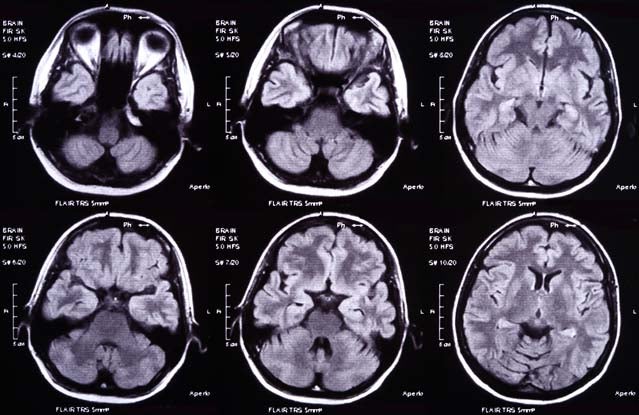Until recently, the standard method for estimating the severity of a head injury, which is surprisingly common in the outdoors—think mountain biking and climbing—has been the Glasgow Coma Scale. But the GCS, still popular in the medical community, was not devised to evaluate people with head injuries; it was for use in neurosurgery units to assess changing levels of consciousness. The better method today is the three-point Simplified Motor Score, wherein a first responder assesses the patient’s responsiveness using three criteria: ability to obey commands, to determine where the pain is coming from, and to withdraw himself from painful stimuli. From a practical perspective in a wilderness environment, the best approach if someone has sustained a head injury is this:
- Protect the airway and cervical spine (i.e., neck) to make sure that the patient can breathe and that there will be no further damage to the spine.
- Carefully observe any victim who has lost consciousness briefly (less than one minute) for at least a few hours.
- Transport to a hospital anyone who shows worsening signs related to head injury. These include severe headache, blurred vision, nausea and vomiting, any change in mental status (declining alertness, ability to converse, or ability to follow commands), seizure, bleeding from the ears, bruising behind the ears or under the eyes, clear fluid draining from the nose, unequal pupils, or weakness in an arm or leg.


